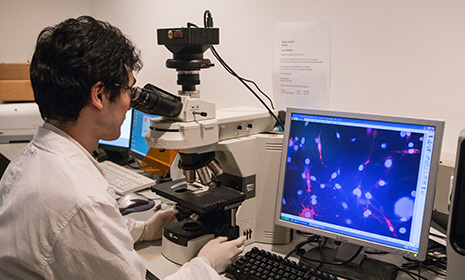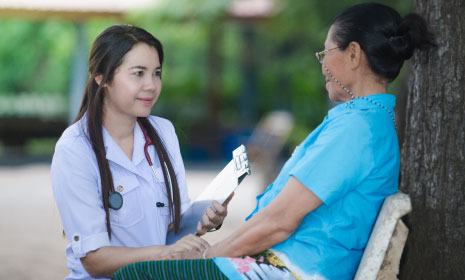Division of Epidemiology and Biostatistics
The aim of our infectious disease epidemiology research programme is to increase understanding of the epidemiology of infections which pose a substantial public health threat so that interventions against those infections can be optimized. Our research group has developed since the 2003 outbreak of severe acute respiratory syndrome (SARS), and has now grown to include 8 faculty members, and over 65 research staff and students. In 2014 our School of Public Health was designated as a WHO Collaborating Centre for Infectious Disease Epidemiology and Control. In 2020 members of our division were at the forefront of the international research response to the COVID-19 pandemic.
In recent years our main pathogen focus has been on influenza. We have been conducting large-scale community-based studies of influenza virus infection and transmission, and analysis using techniques borrowed from classical statistics, mathematical biology and operations research. We also have active projects on other infections of public health significance including tuberculosis, scarlet fever, and hand, foot and mouth disease. In the short to medium term future we intend to expand our research portfolio into antimicrobial resistance, which is a priority issue globally. In addition, we maintain some methodological themes in our work such as the development of approaches to statistical inference using transmission models.
We strongly believe that the best evidence to support the improvement of interventions against infectious disease comes from interdisciplinary projects in which excellent field and laboratory studies are developed alongside state-of-the-art quantitative techniques. Recently we had the opportunity to work with China CDC to define the epidemiology of human infections with avian influenza A(H7N9) virus. Our community-based studies have improved our understanding of the transmission dynamics of influenza and the effectiveness of pharmaceutical and non-pharmaceutical interventions. Using state-of-the-art mathematical modeling techniques, we have studied how public health interventions might reduce the impact of a pandemic, how to optimize the use of a pre-pandemic vaccine, and how to hedge against the risk of drug-induced antiviral resistance in anticipation of large-scale antiviral intervention.








.png)
